Dogs love to be around their owners. They're sorry to see them leave, and are always happy when they return. The bond a canine feels with his owner makes him unhappy when separated from him. This is normal. Some dogs, however, become especially agitated when they suspect their owners are leaving them. They may loudly vocalize their displeasure, or adopt destructive behaviors that manifest in several ways (e.g. digging, destroying furniture, etc.). This is called separation anxiety.
Below, we'll explore why many canines become anxious whenever they are separated from their owners. We'll also describe some of the common symptoms of the problem, and provide a few tips for addressing them.
Why Your Absence Might Cause Your Dog Stress
In nearly all cases of separation anxiety, there is some type of social dysfunction in the canine's past. For example, he may have spent his early years in a puppy mill. Such dogs are usually deprived of socialization and human contact (aside from the rough treatment of the mill's employees). When they receive both from loving owners, they gravitate toward them. When their owners leave, the possibility of losing these things causes them stress.
Another possible cause is that the canine has been exposed to multiple owners. Many dogs go from household to shelter to household to shelter, which prevents them from developing any degree of security in their surroundings. Because they fear being abandoned again, they become anxious whenever their current owner departs.
Your pet may also show signs of distress when you leave if he has experienced something traumatic in his past. For example, he may have been confronted with his previous owner having passed away, leaving him trapped inside the house.
Common Signs Of Separation Anxiety
Many behaviors that stem from separation anxiety are destructive in nature, but result from the dog trying to relieve the tension he feels. For example, suppose you left your canine inside your home to go to the office for the day. If he becomes anxious due to being separated from you, he might perceive the doors in your home as barriers. As a result, he may scratch them in an attempt to get through.
Other behaviors include urinating and defecating inside the home, persistent whining, salivating, and even diarrhea. Your dog may also pace back and forth to help relieve the stress he feels. When you arrive at home, he may not let you out of his sight, a behavior motivated by nervousness that you may leave him again.
Tips For Minimizing Separation Anxiety
The most effective solution for reducing your canine's anxiety is to help him grow accustomed to your being away. First, avoid making a big deal about leaving and returning home. Ignore your dog fifteen minutes prior to leaving, and likewise when you return.
Second, give him something to chew on during the time leading up to your departure. This will help him form a connection between your leaving and something he enjoys.
Third, give your canine plenty of exercise. A single walk each day should be considered a minimum. Take more, if possible. Not only does this help him expend his energy, and thus keep boredom at bay, but it will also give him a chance to broaden his view of the world. This might encourage him to be less dependent on you, and less anxious when you leave.
Fourth, confine your canine to an area of your home for short periods to help him grow comfortable with being separated from you. Start with five minutes and gradually add more time.
The challenge in minimizing your dog's separation anxiety is helping him understand that you will return to him, despite his experiences with others in the past. Keep in mind that modifying his expectations and gaining his trust takes time. With diligence, however, you can help your dog overcome his anxiety.

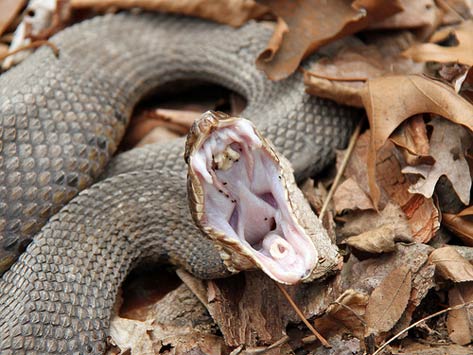 Snake Bites And Dogs
Venomous Snakes and Dogs
By T.J. Dunn, Jr.
Snake Bites And Dogs
Venomous Snakes and Dogs
By T.J. Dunn, Jr.
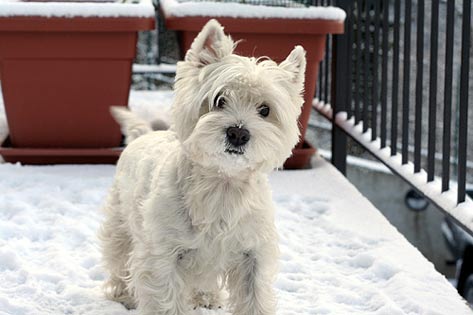 Caring for Your Pet’s Skin During the Winter Season
By the time we reach adulthood, most of us have d
Caring for Your Pet’s Skin During the Winter Season
By the time we reach adulthood, most of us have d
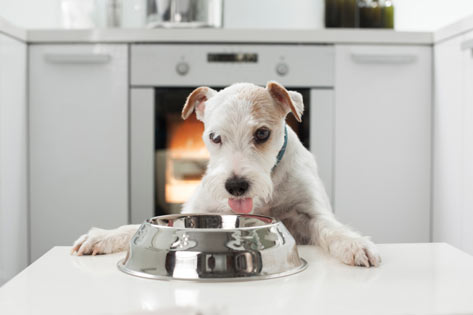 Concerns About Pet Food Recalls and Safety Paramount to Owners, petMD Survey Finds
By Lorie Huston, DVM
May 1, 2013
&
Concerns About Pet Food Recalls and Safety Paramount to Owners, petMD Survey Finds
By Lorie Huston, DVM
May 1, 2013
&
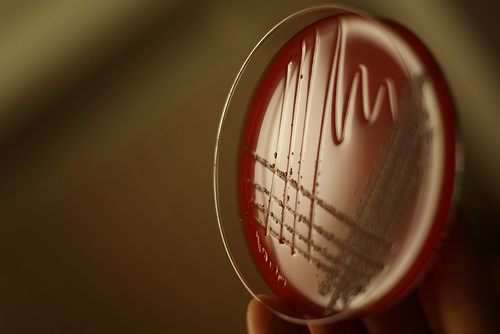 Pet Medication: Antibiotic Use and Misuse
By T. J. Dunn, Jr., DVM
Returning t
Pet Medication: Antibiotic Use and Misuse
By T. J. Dunn, Jr., DVM
Returning t
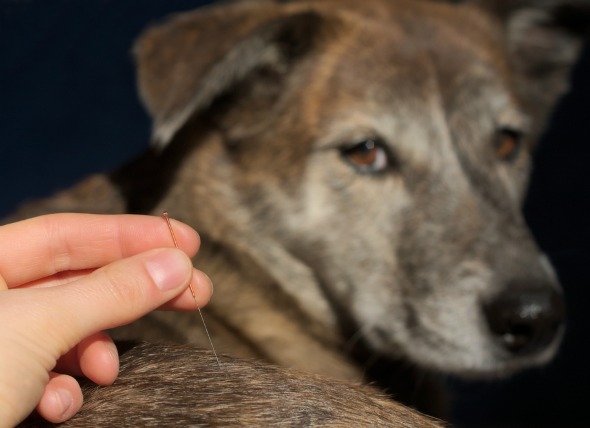 Acupuncture for Pets
Getting to the Point with Needles and Other Veteri
Acupuncture for Pets
Getting to the Point with Needles and Other Veteri